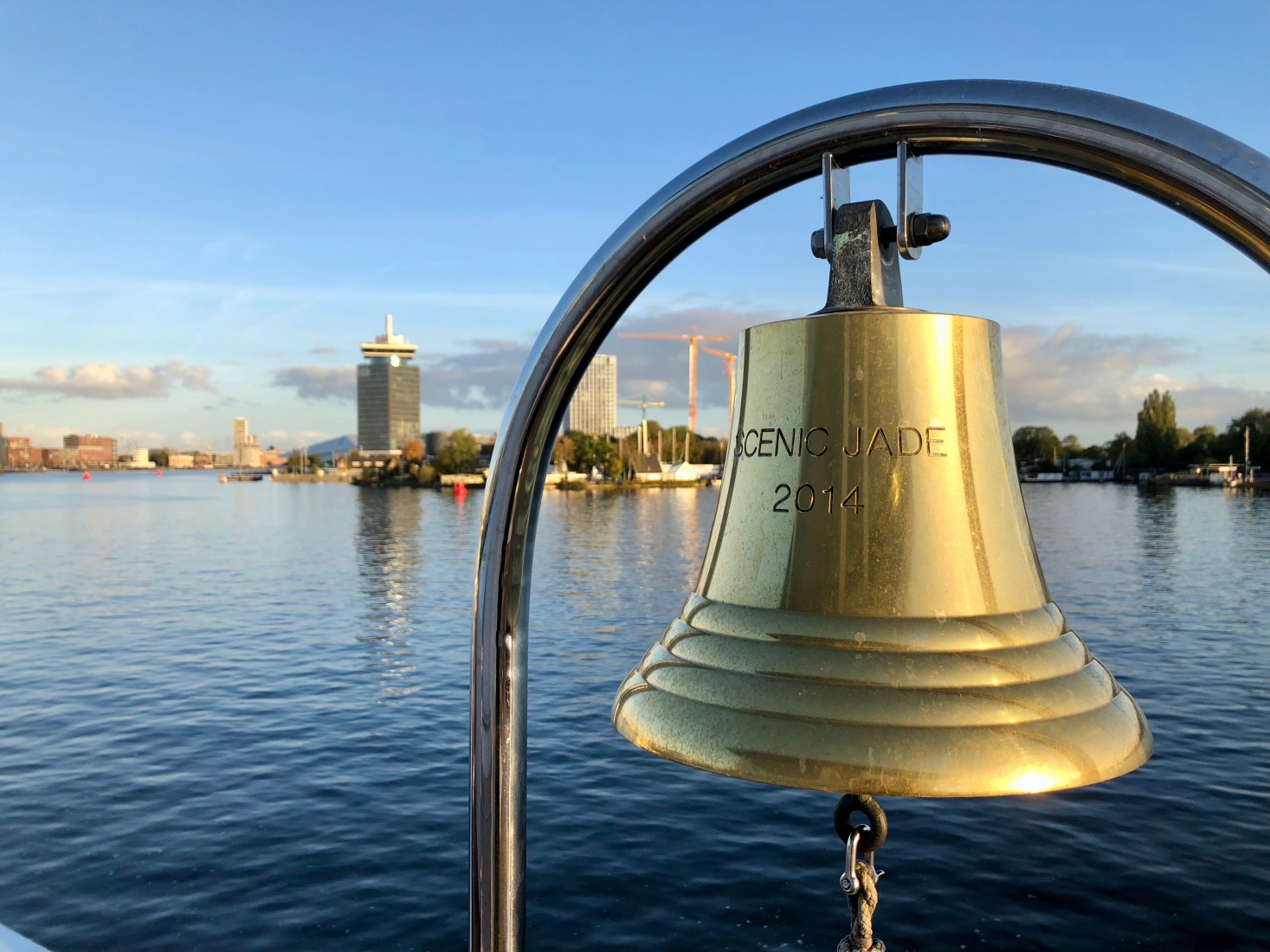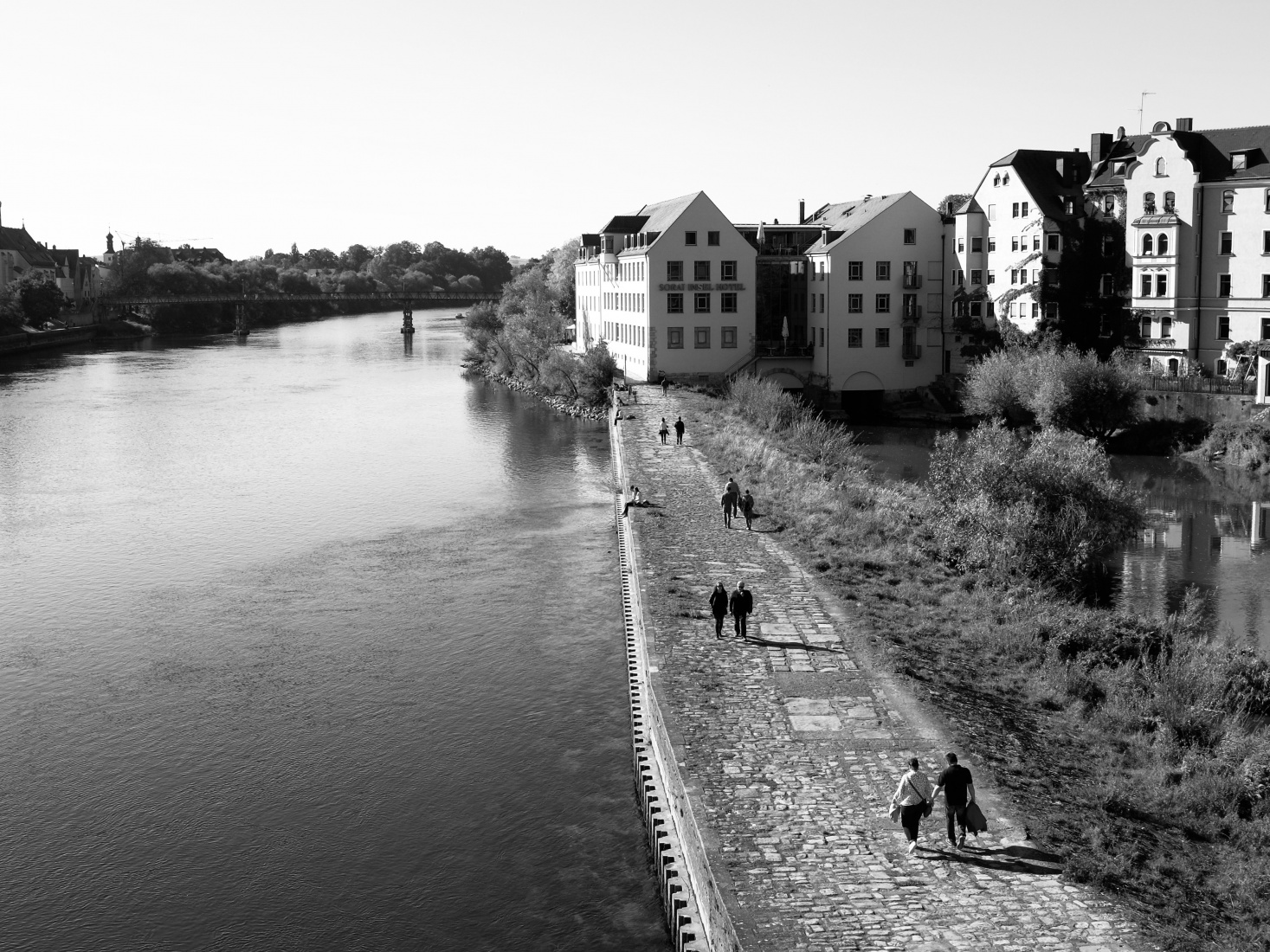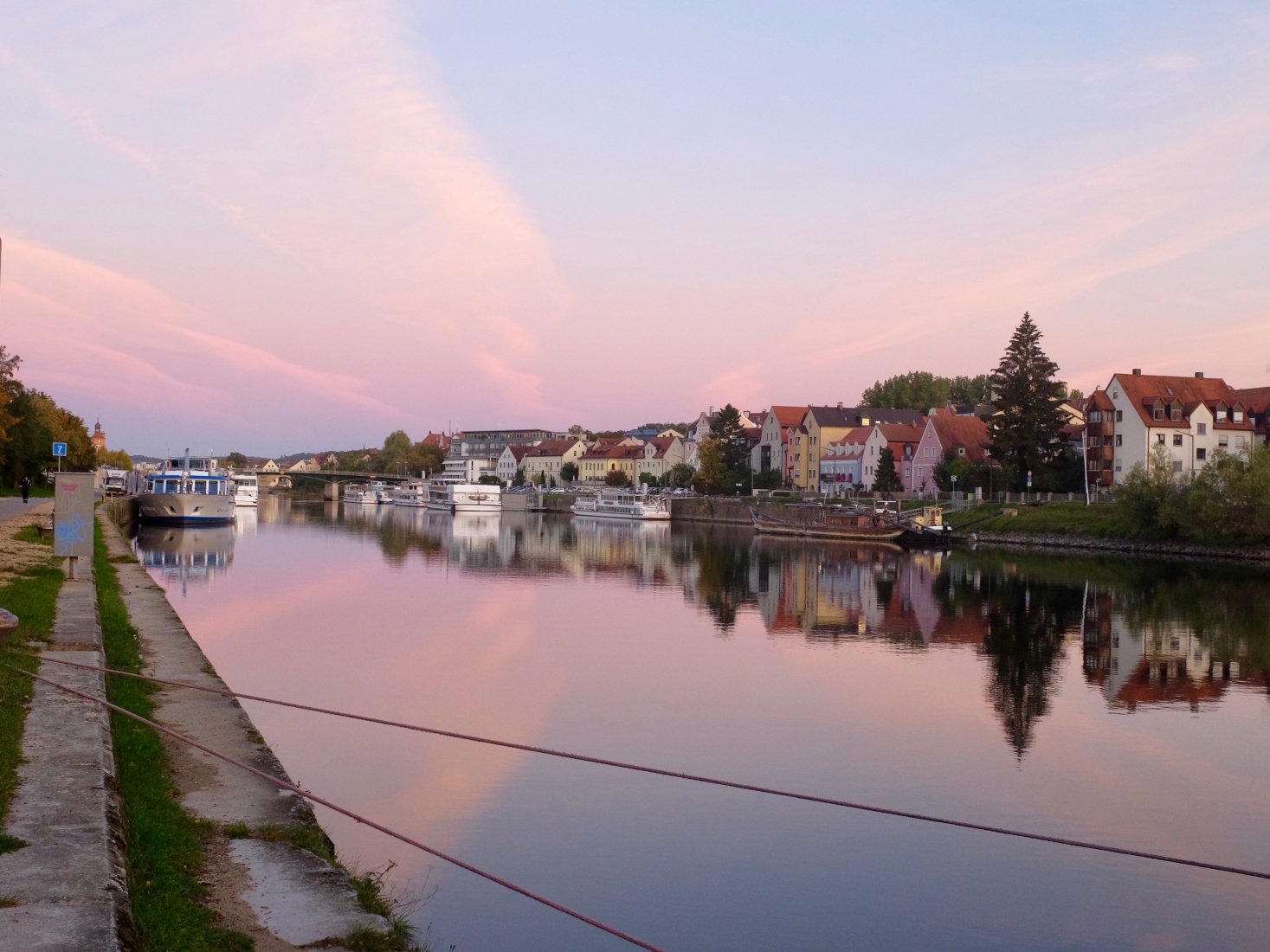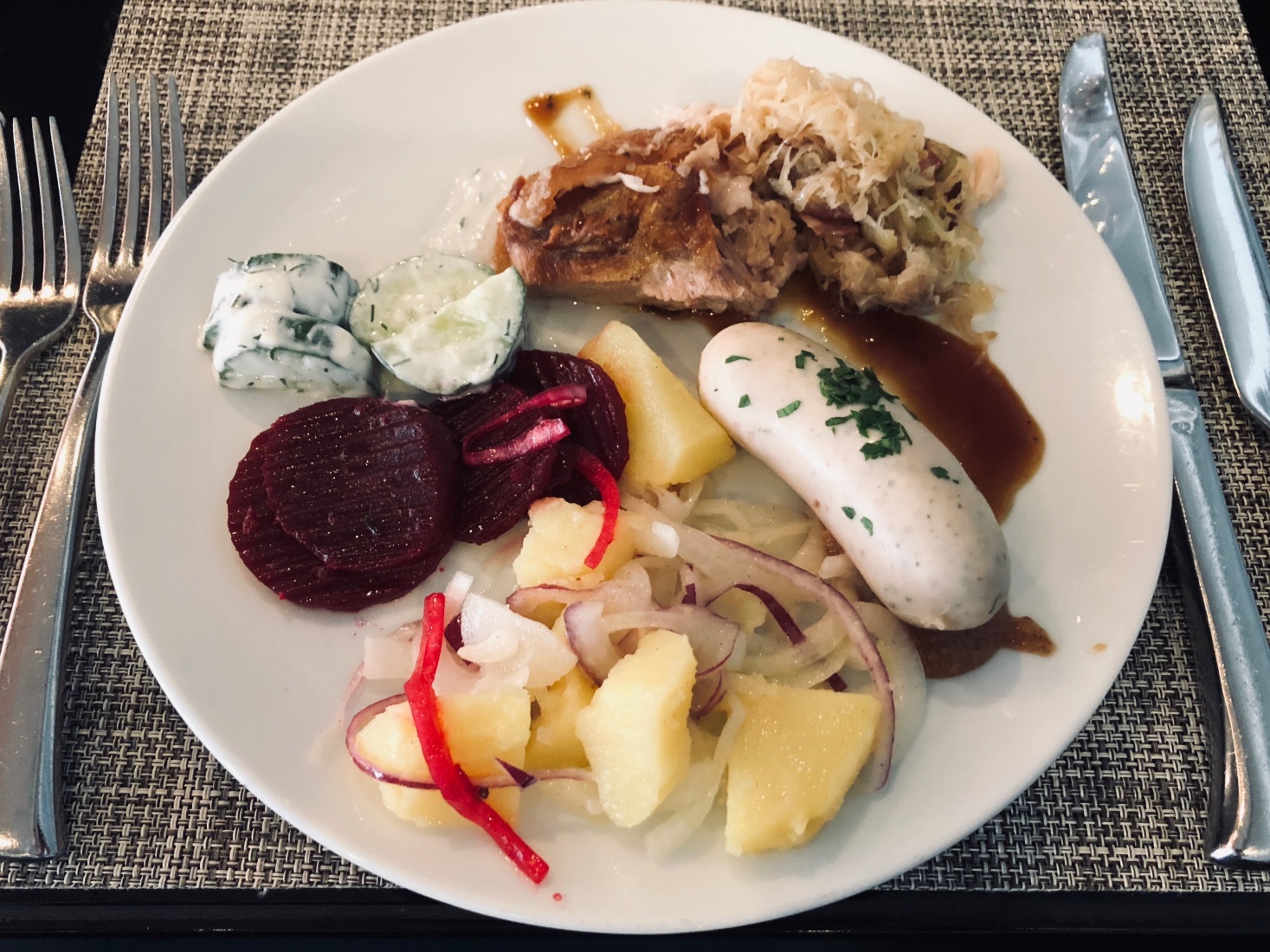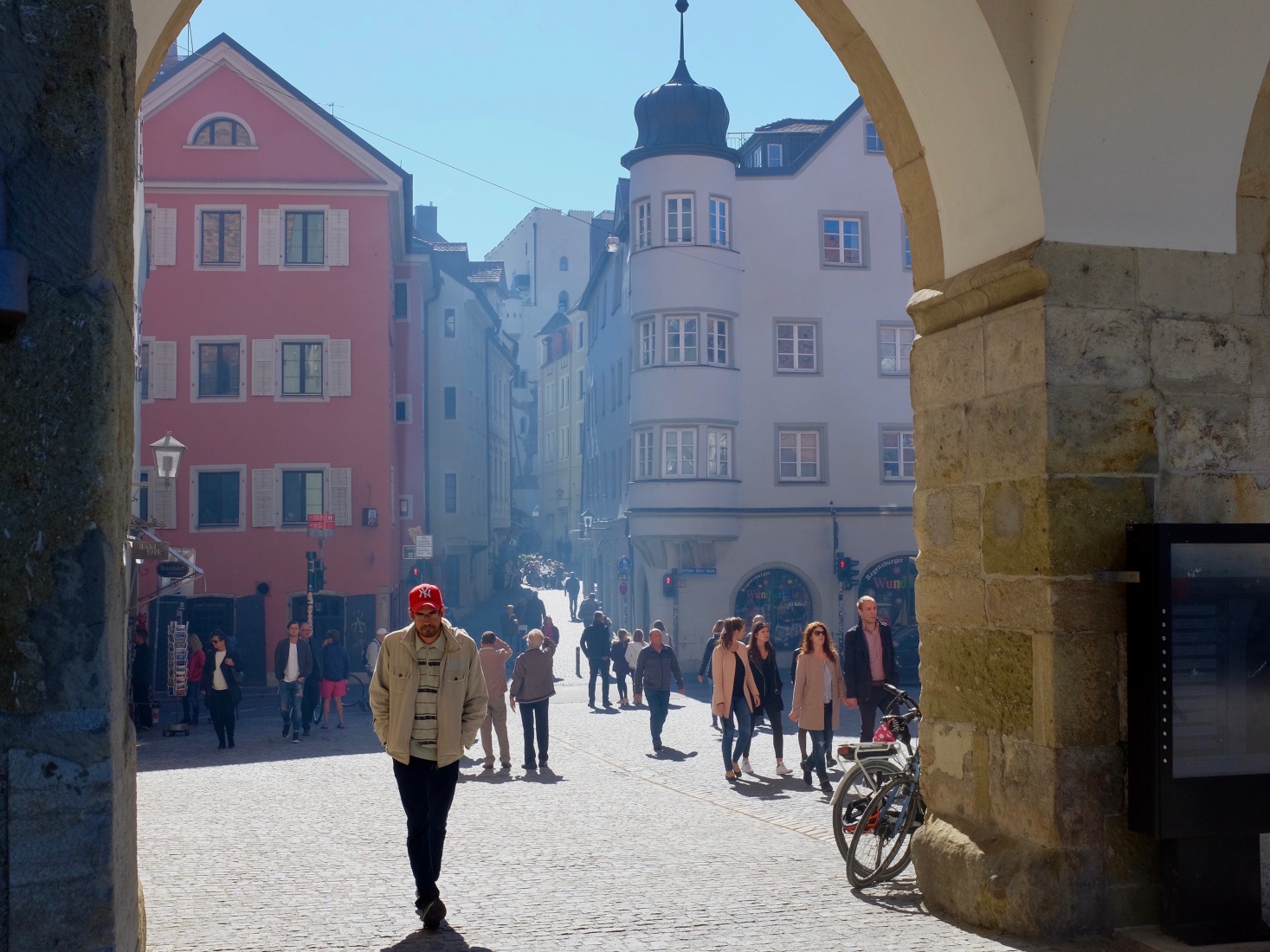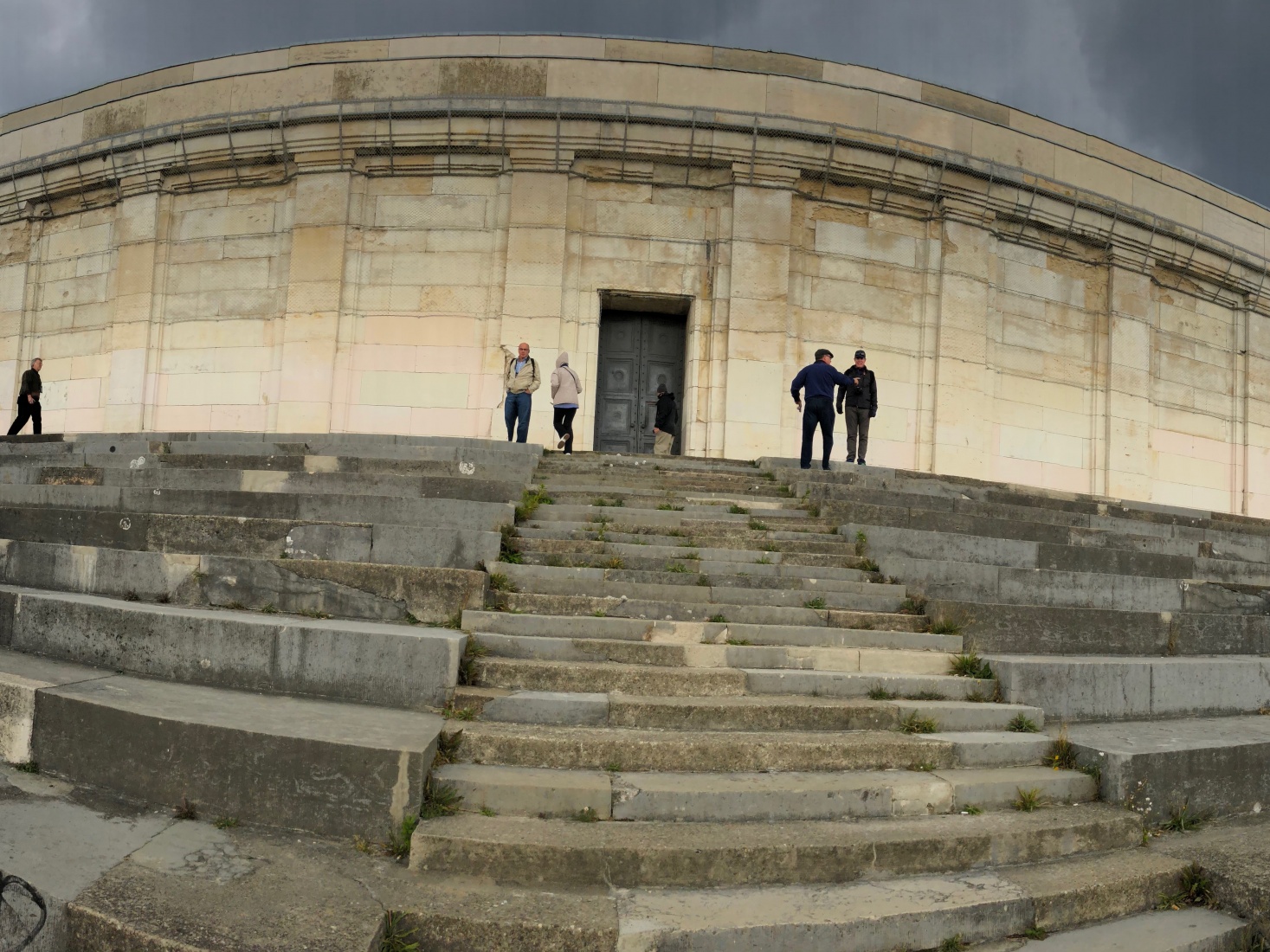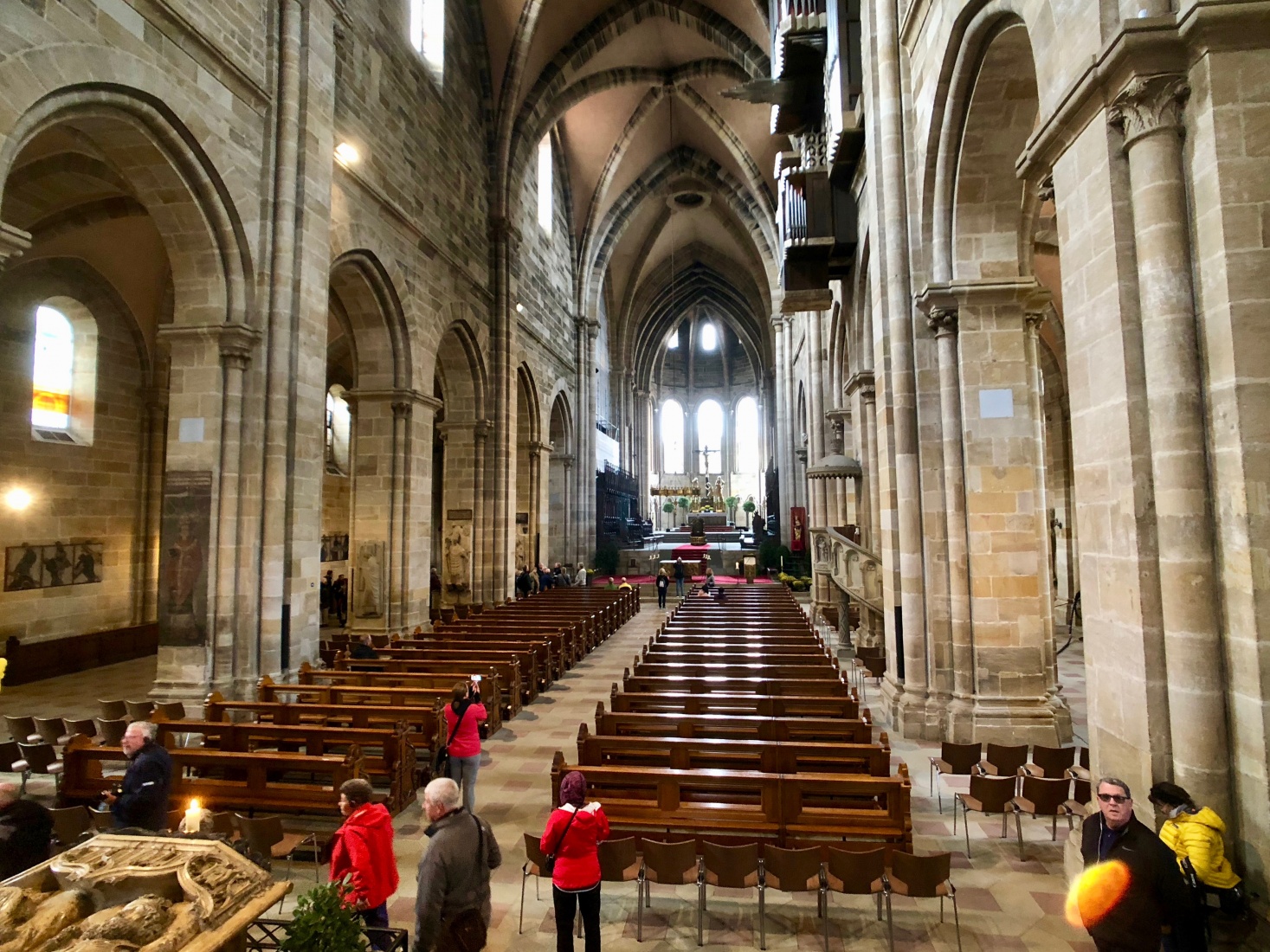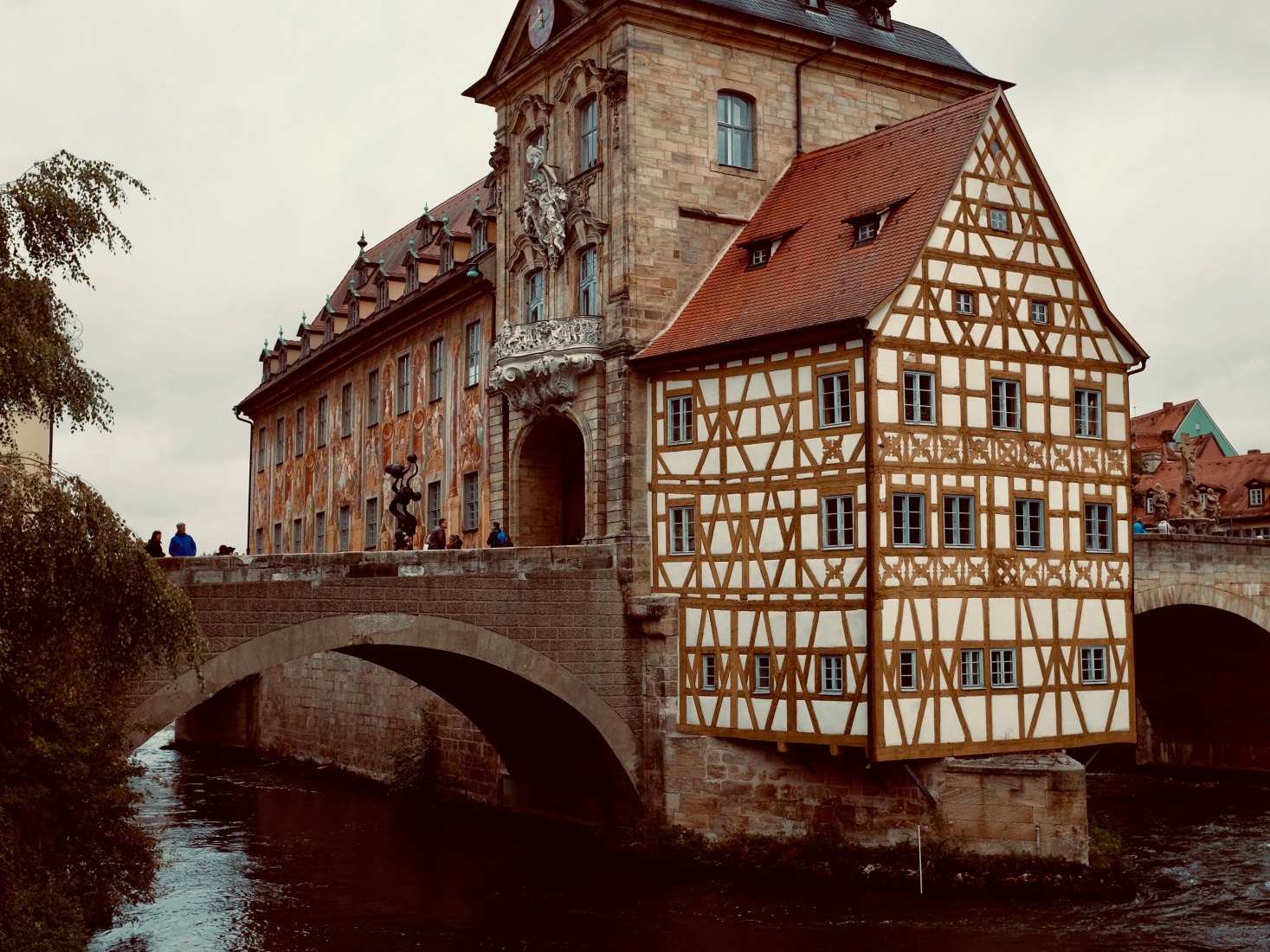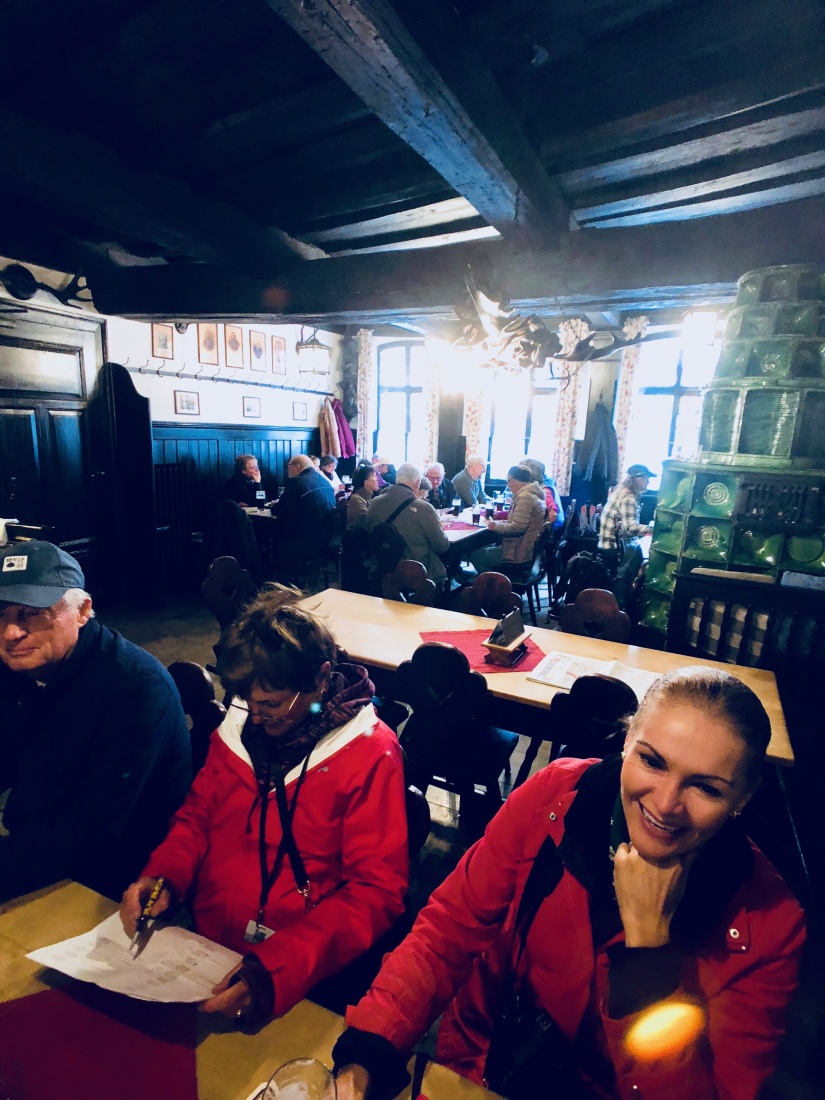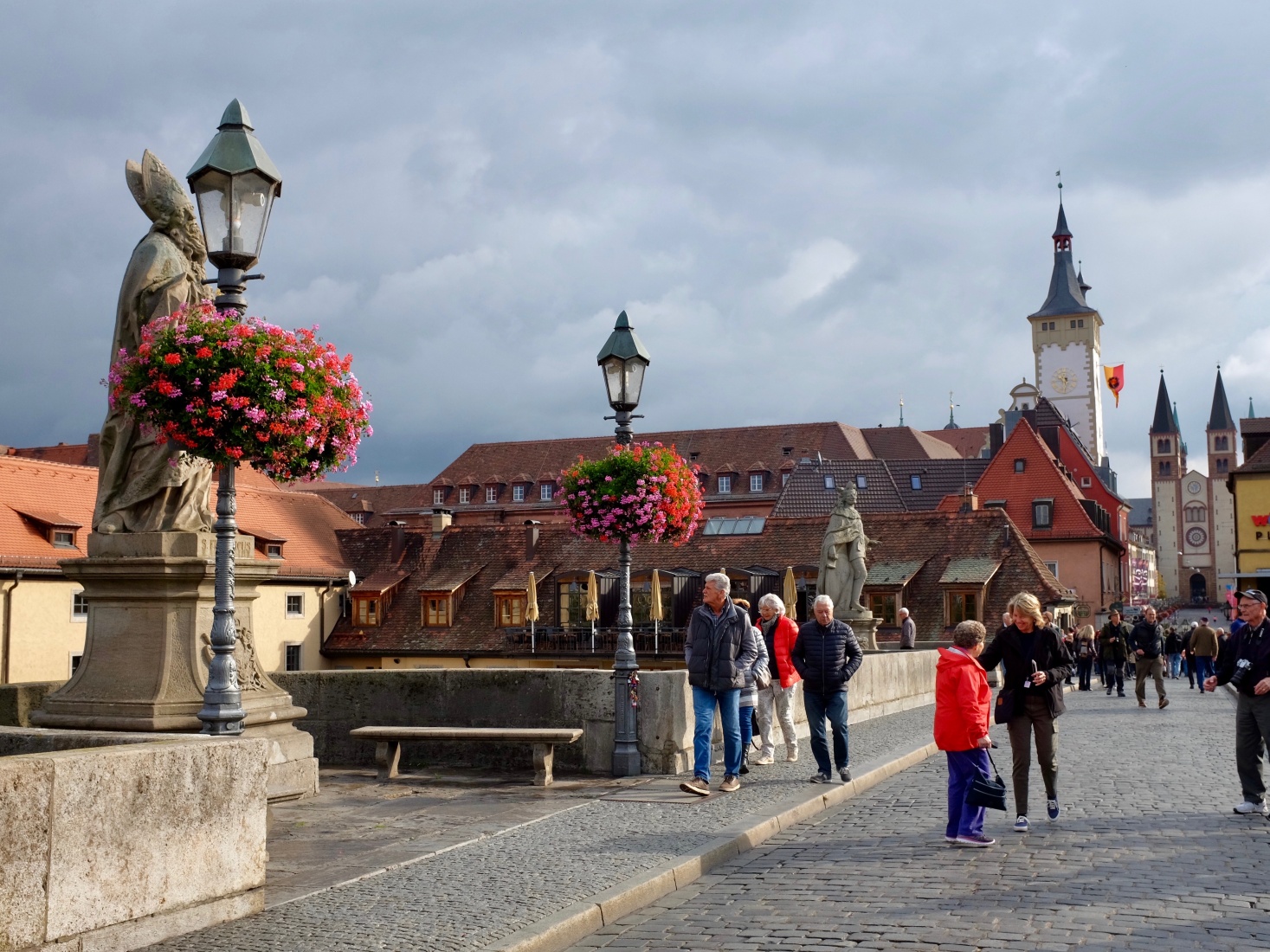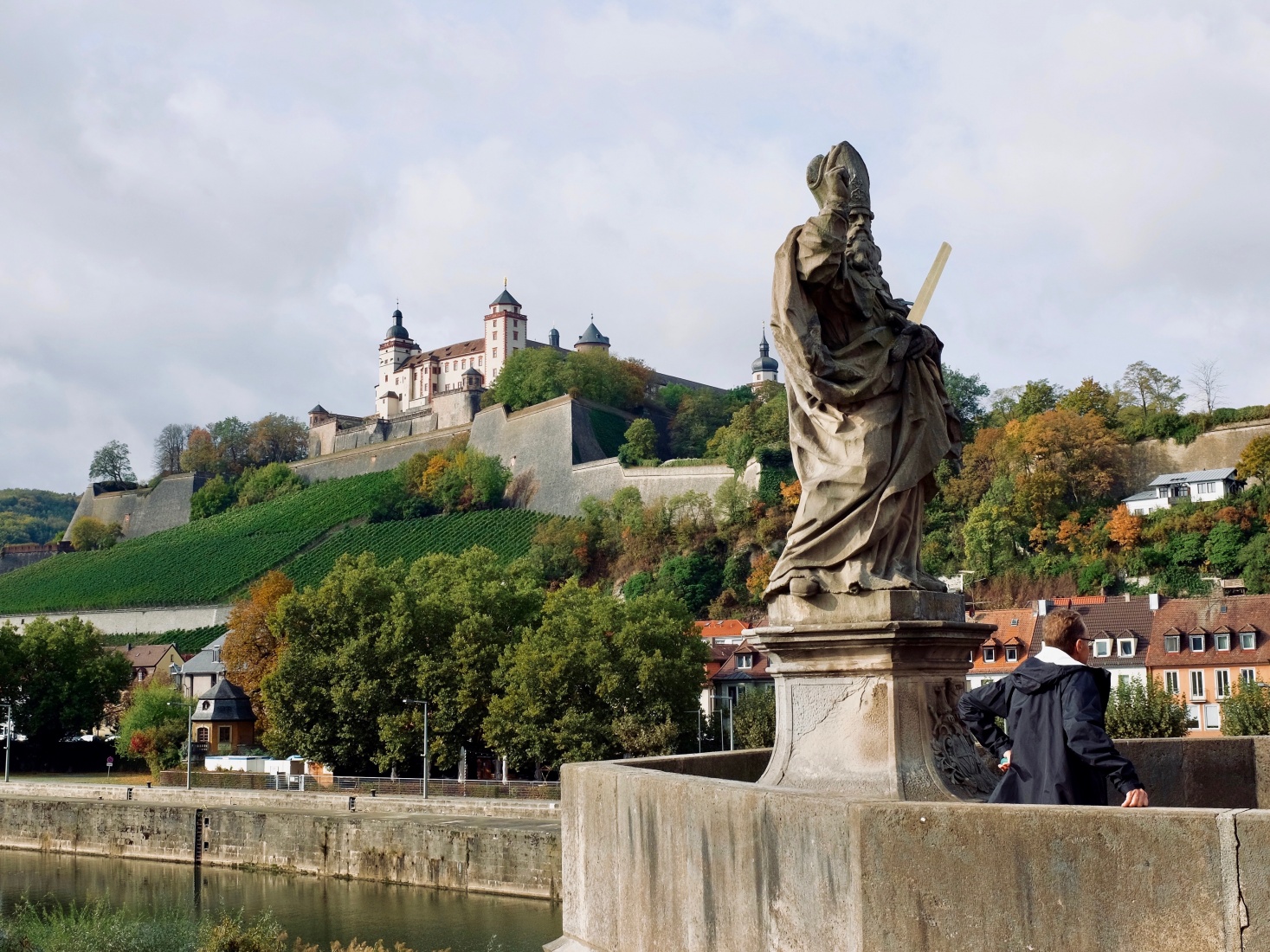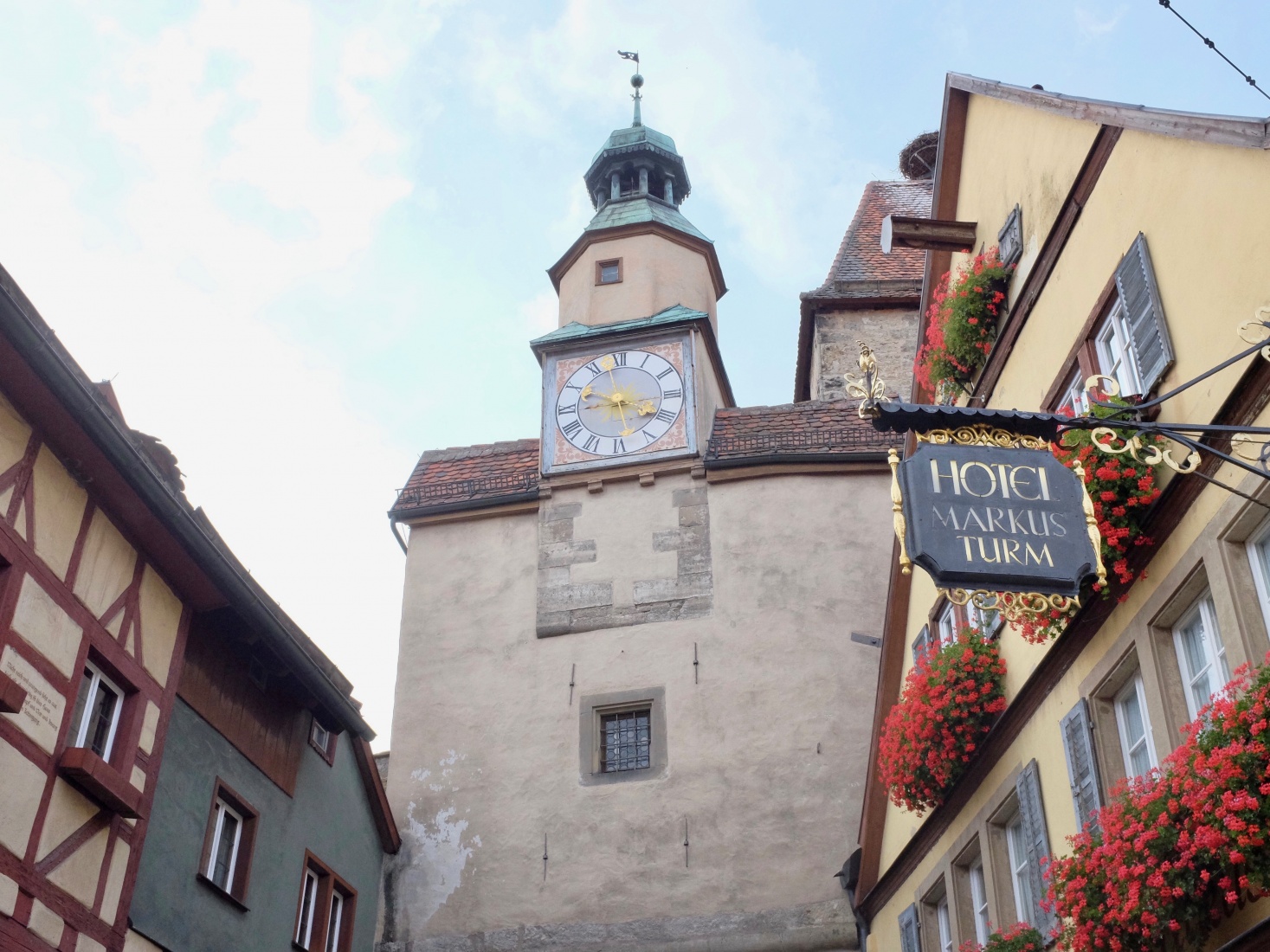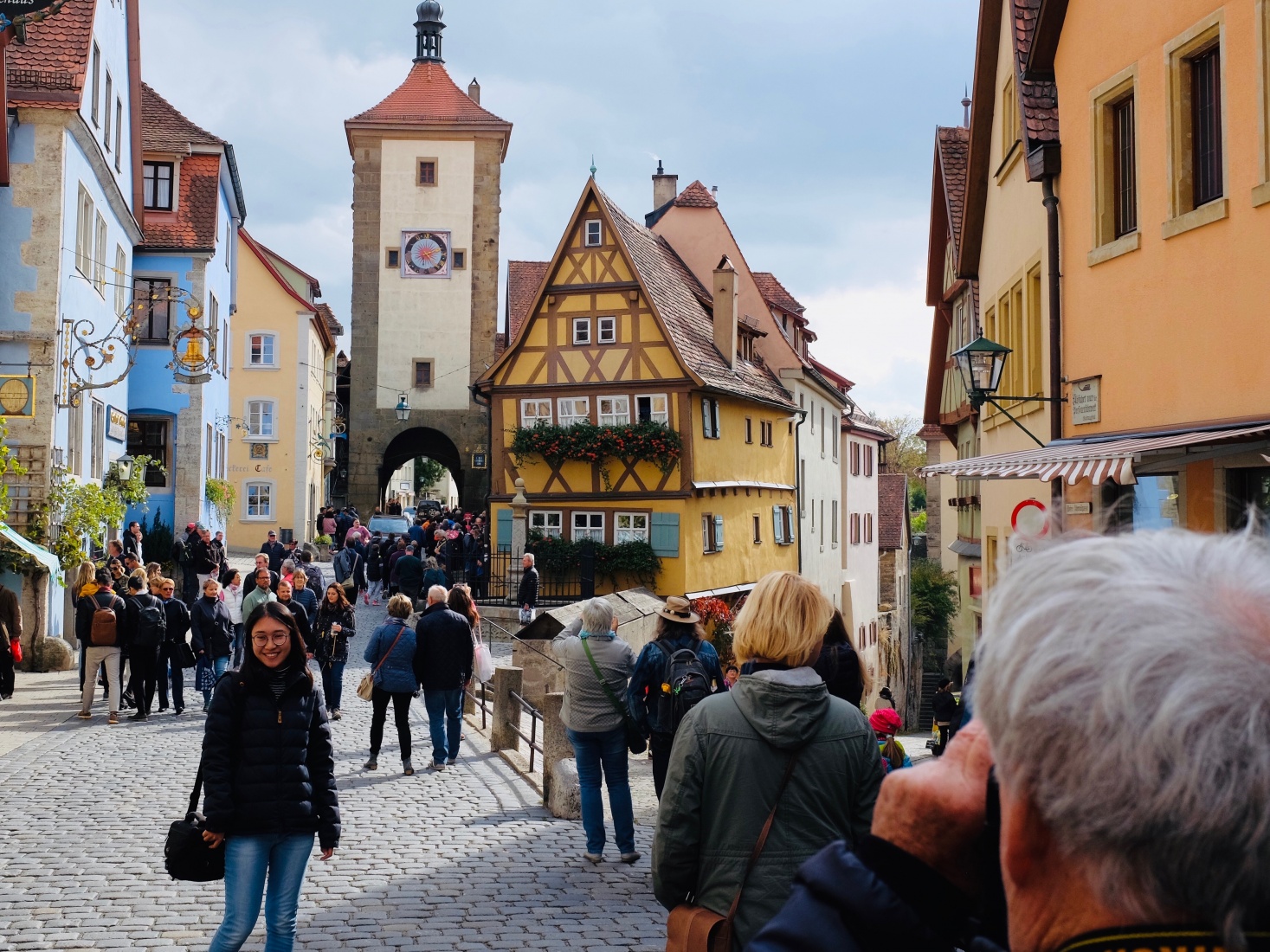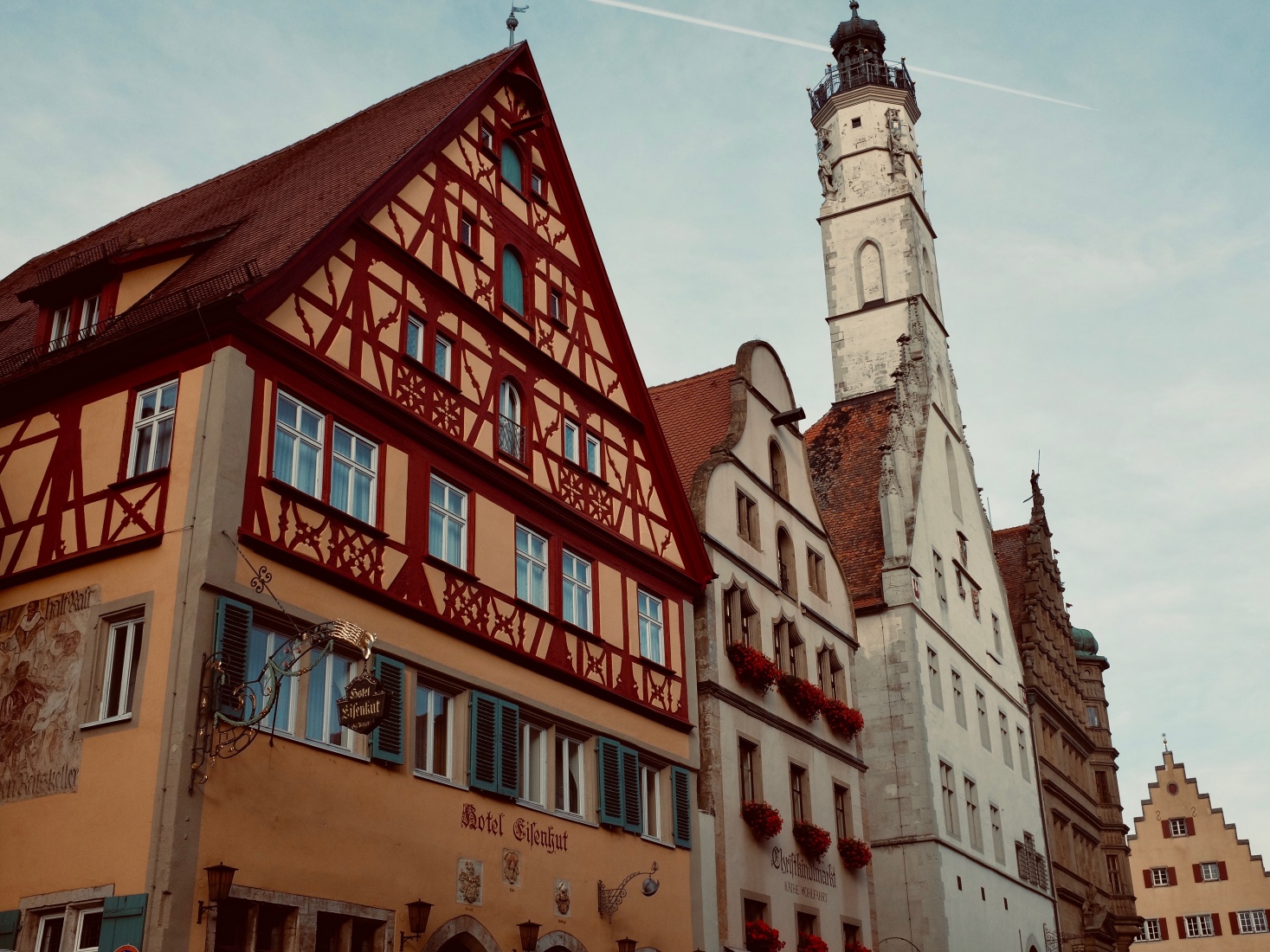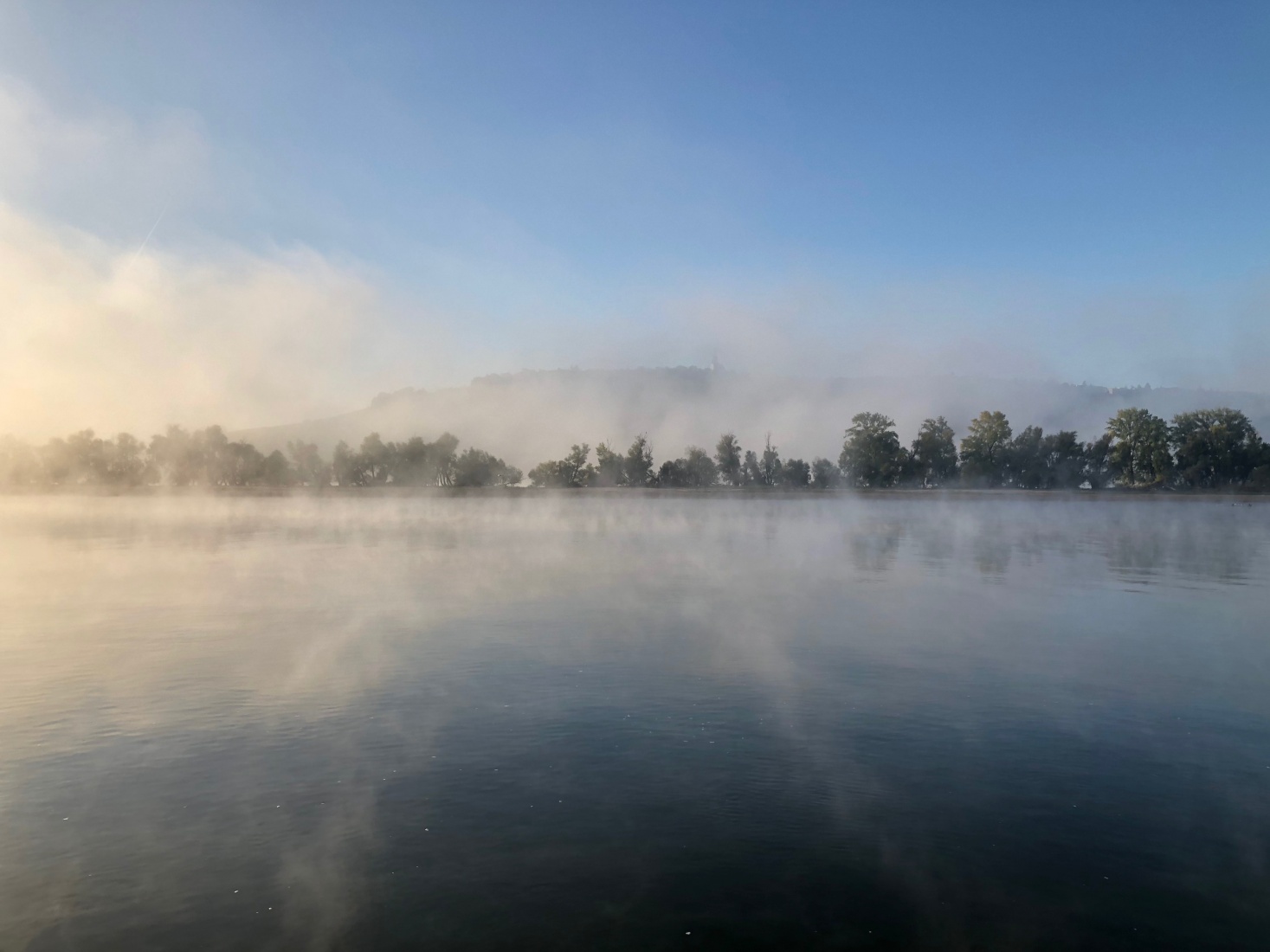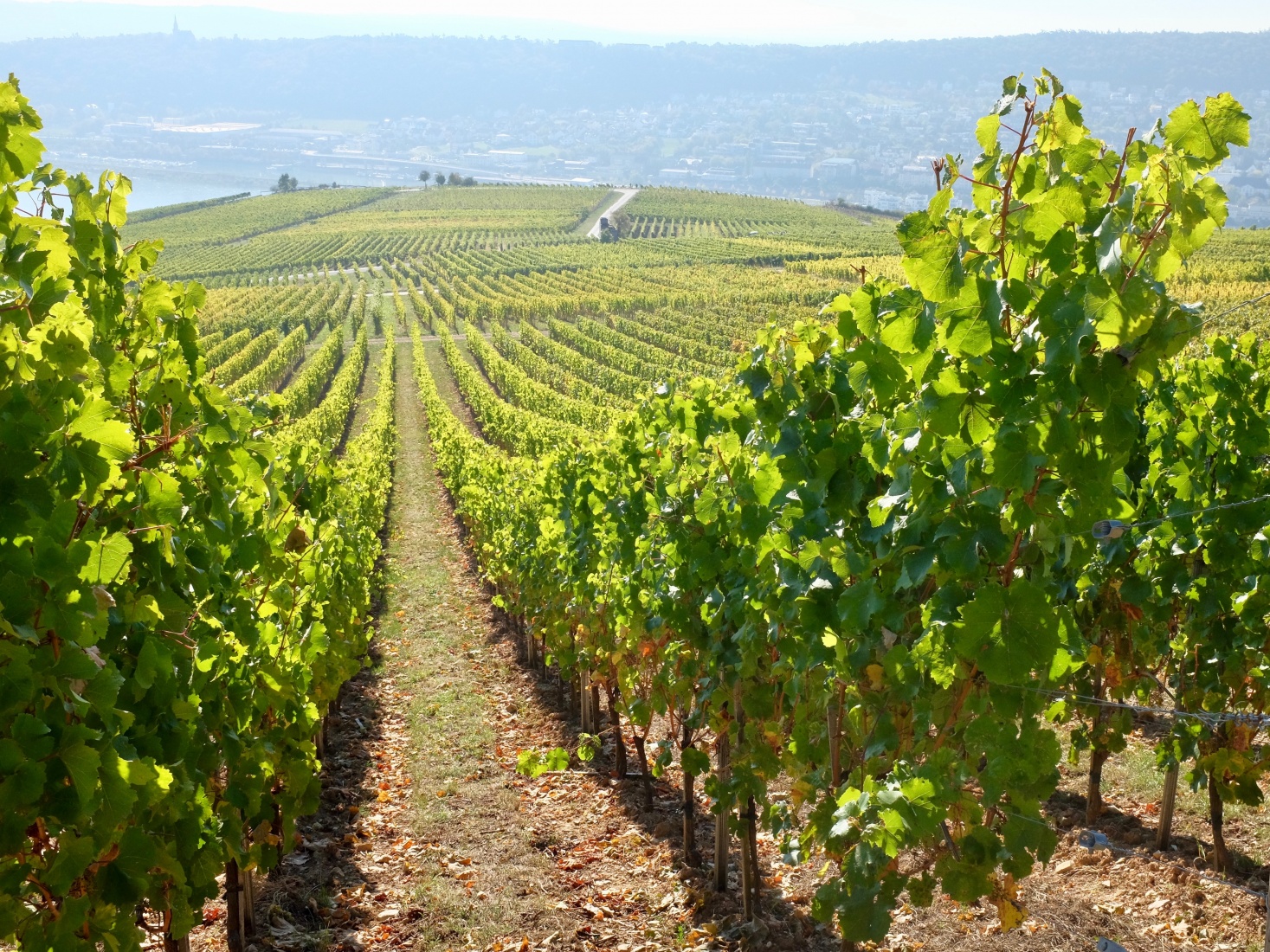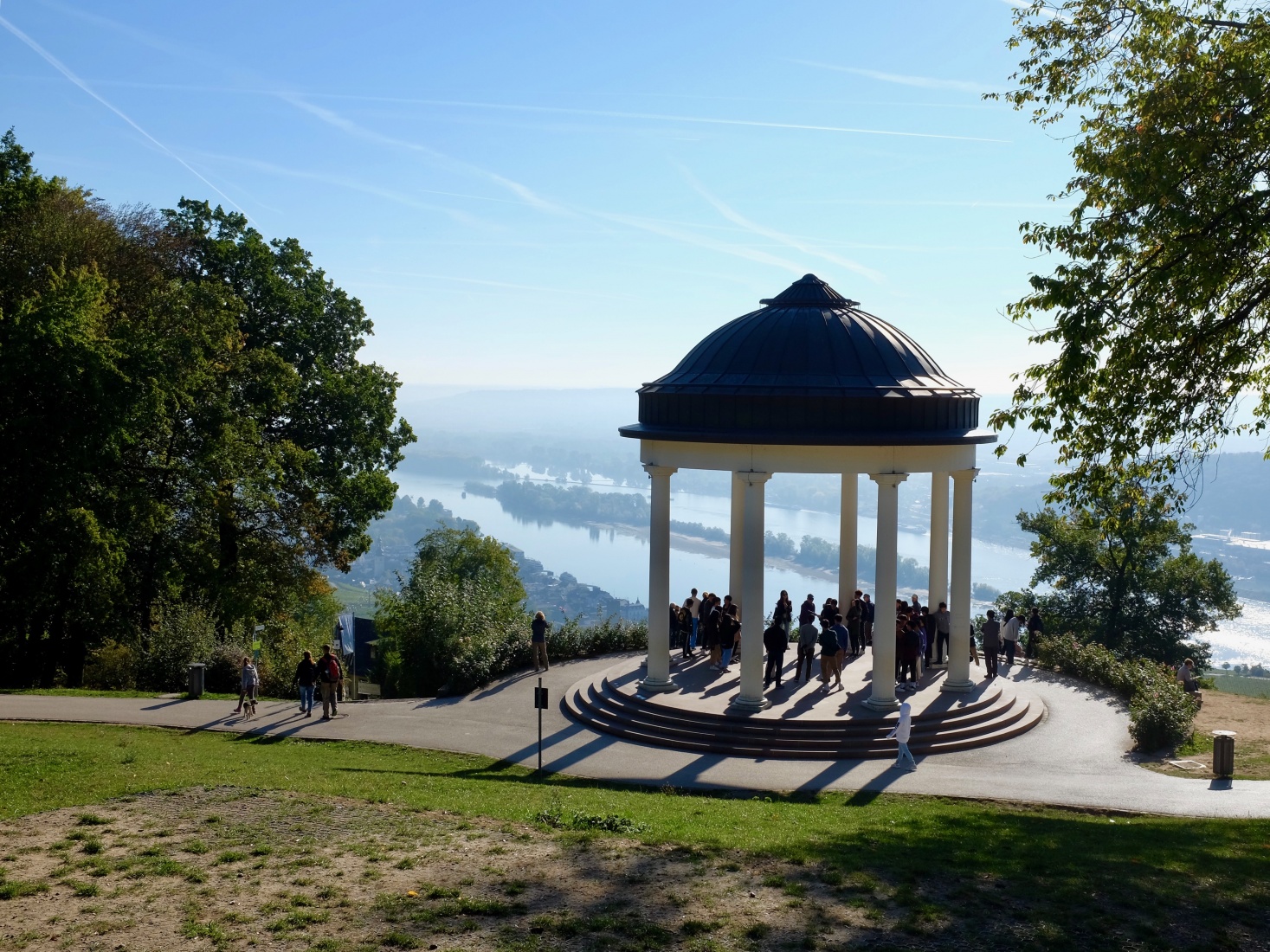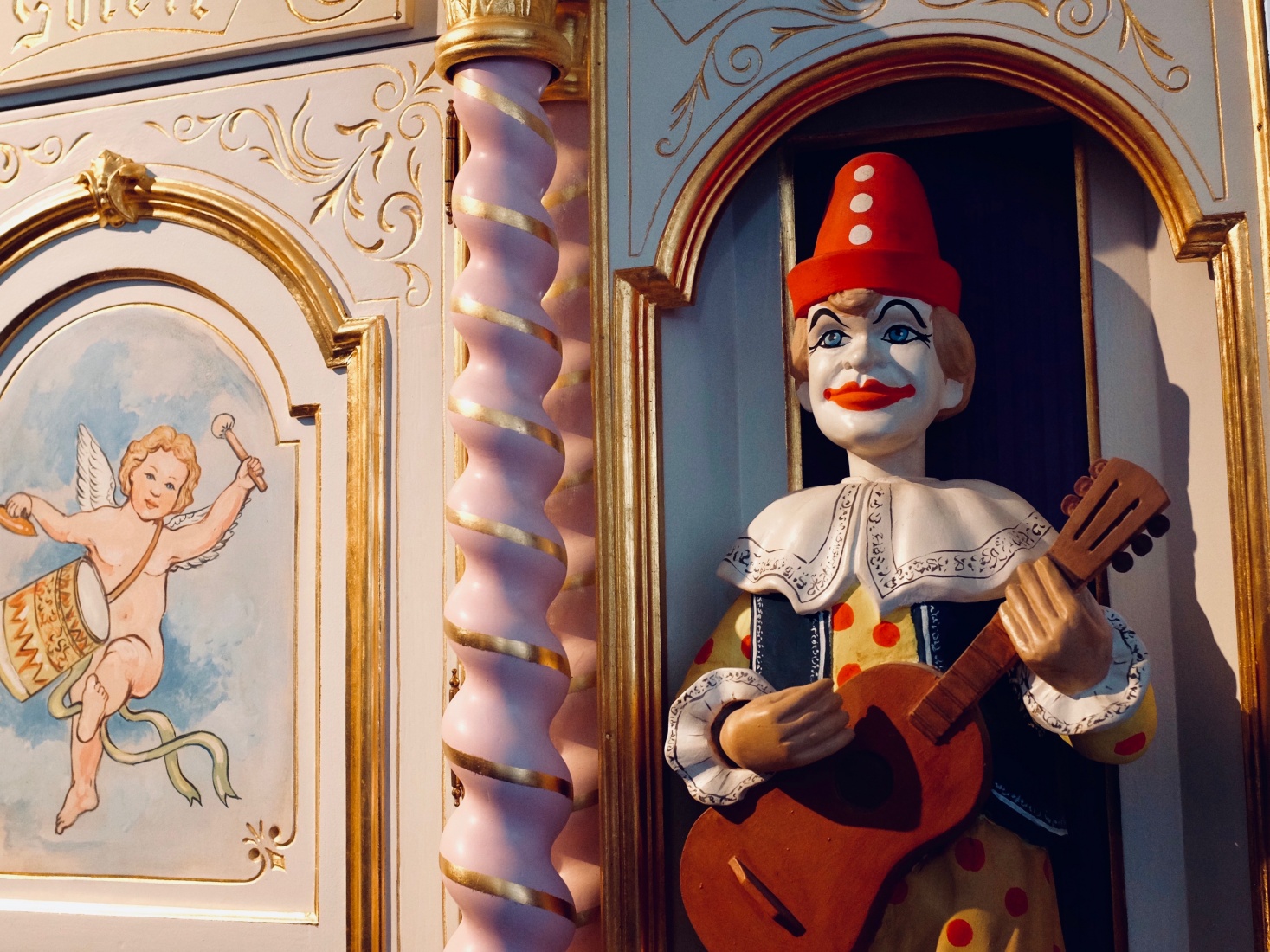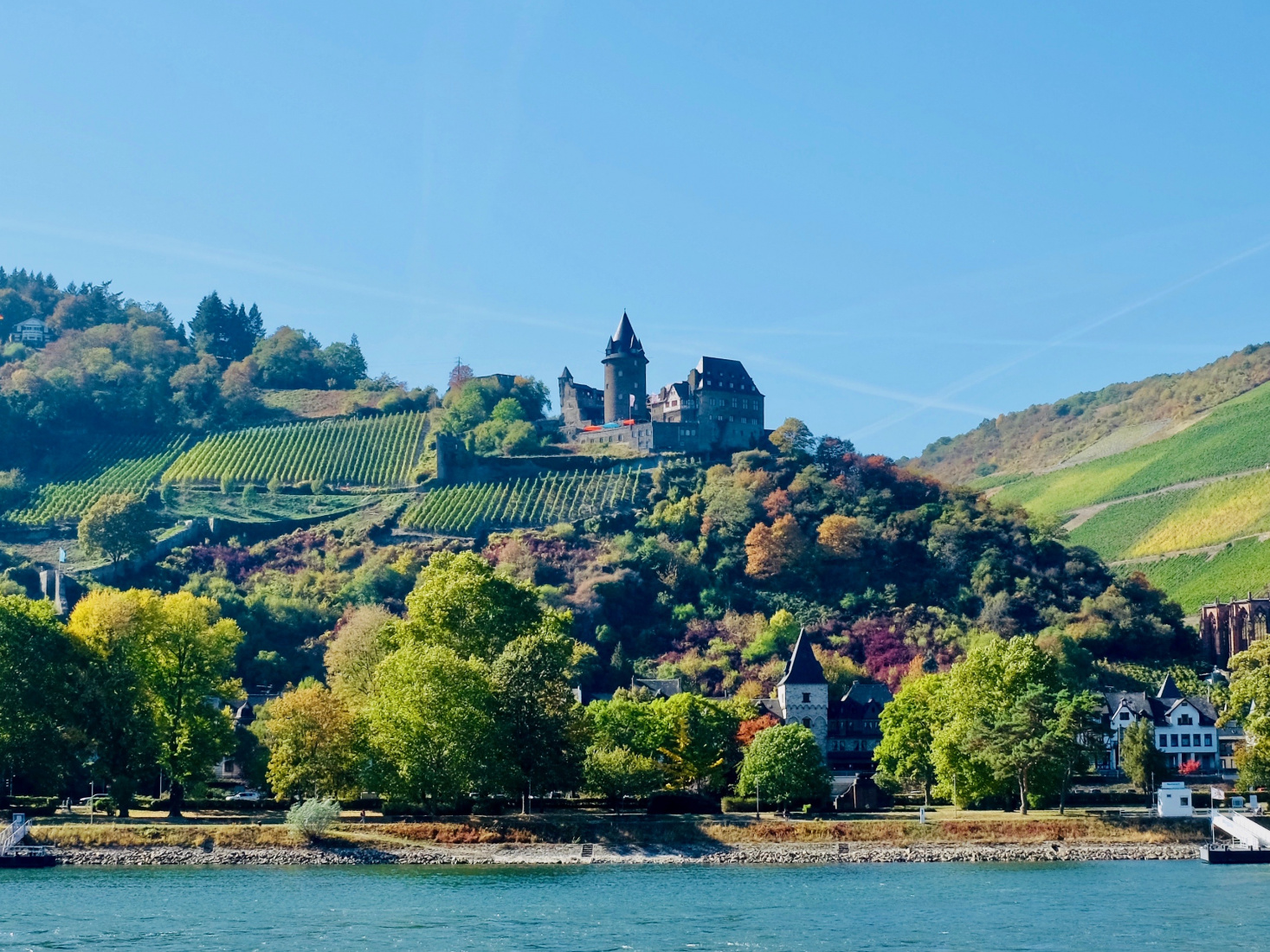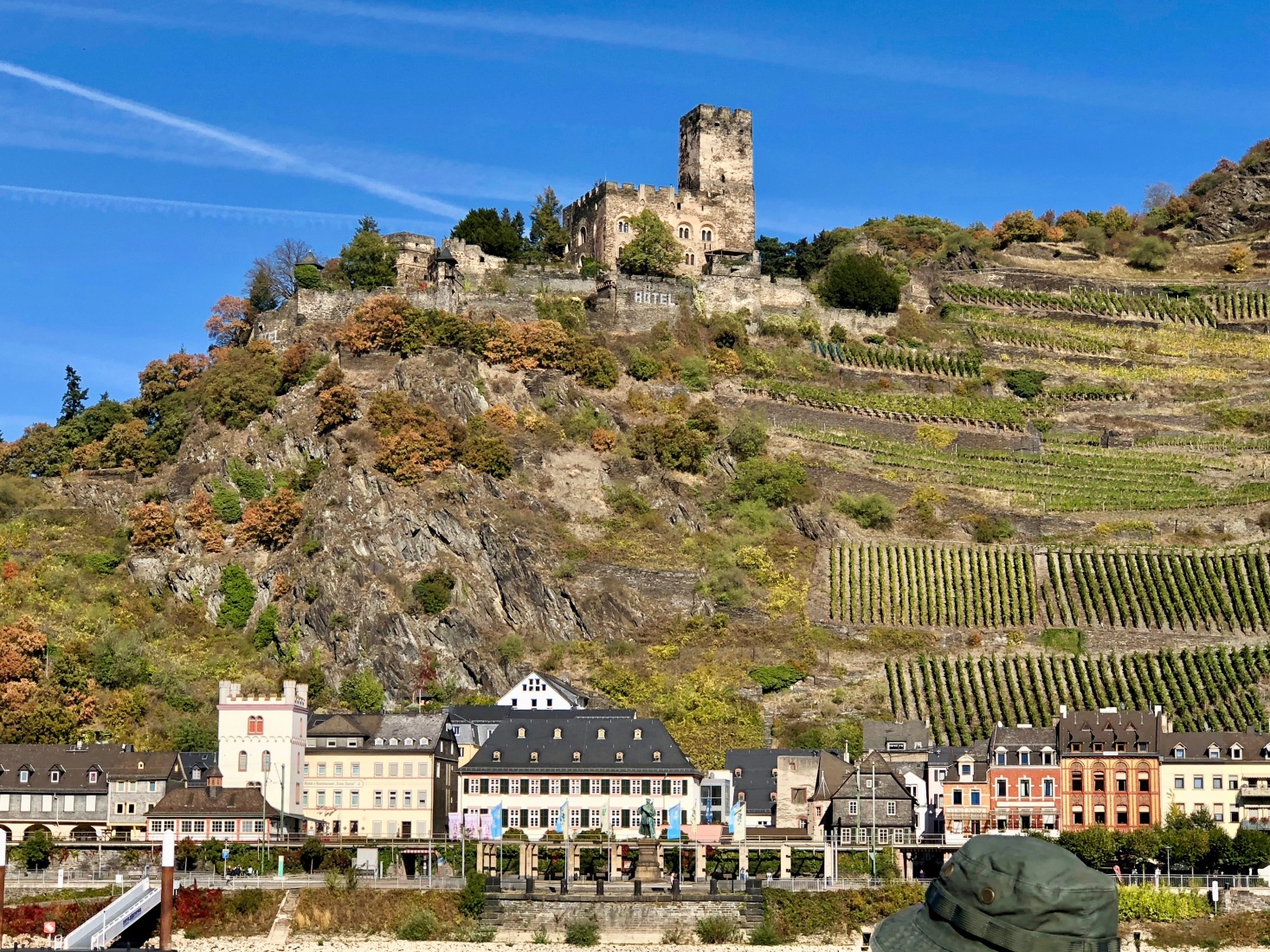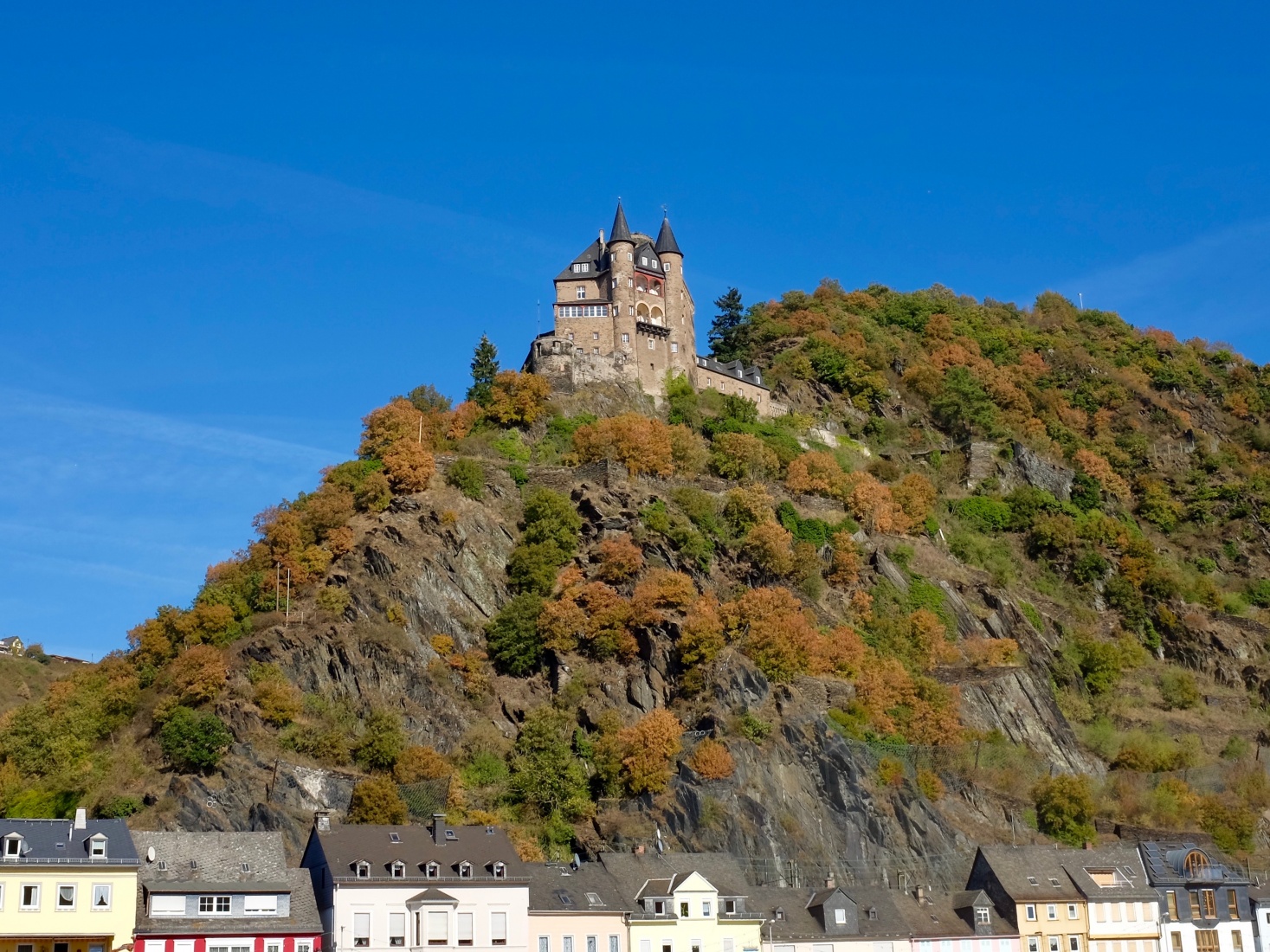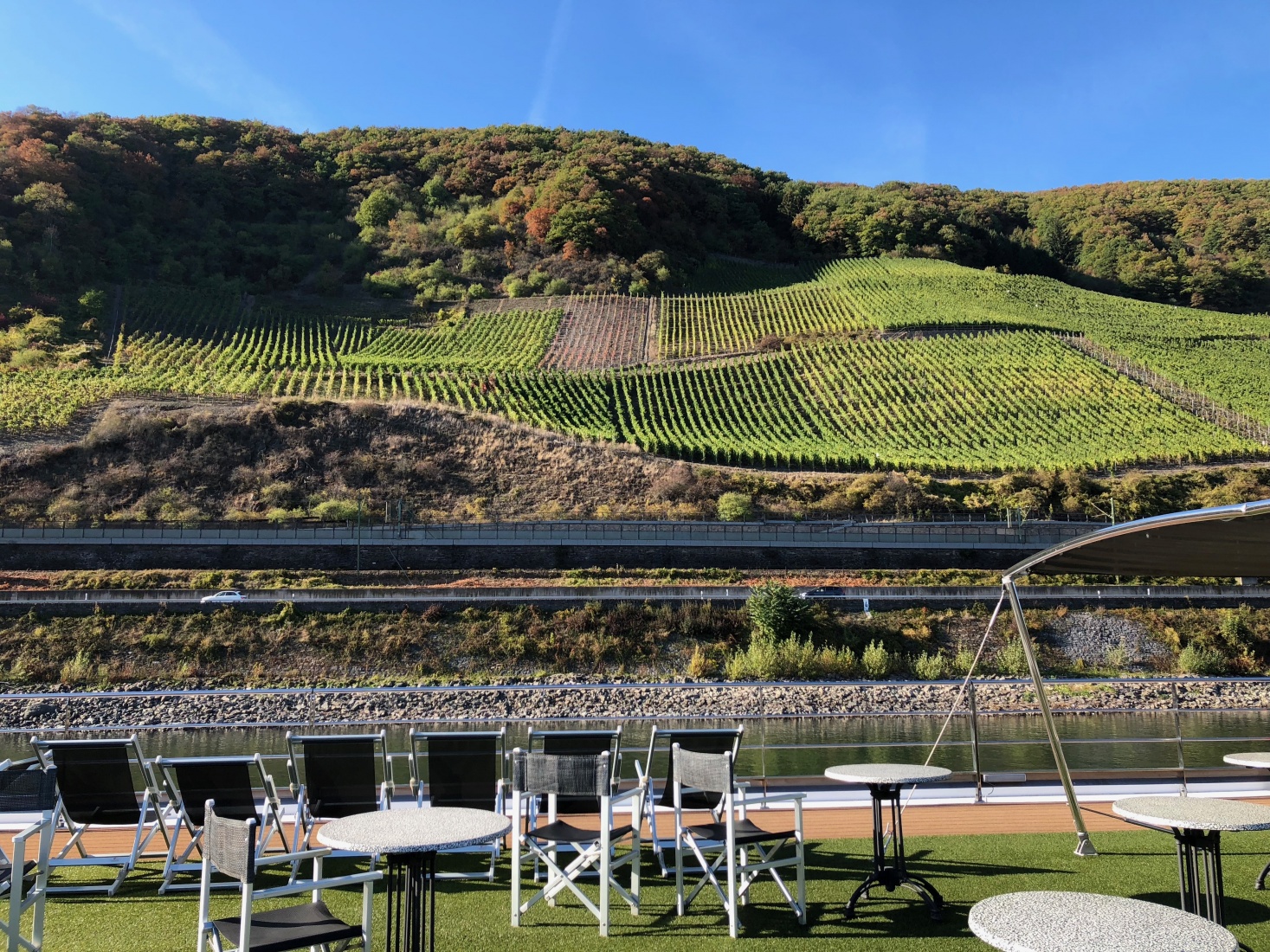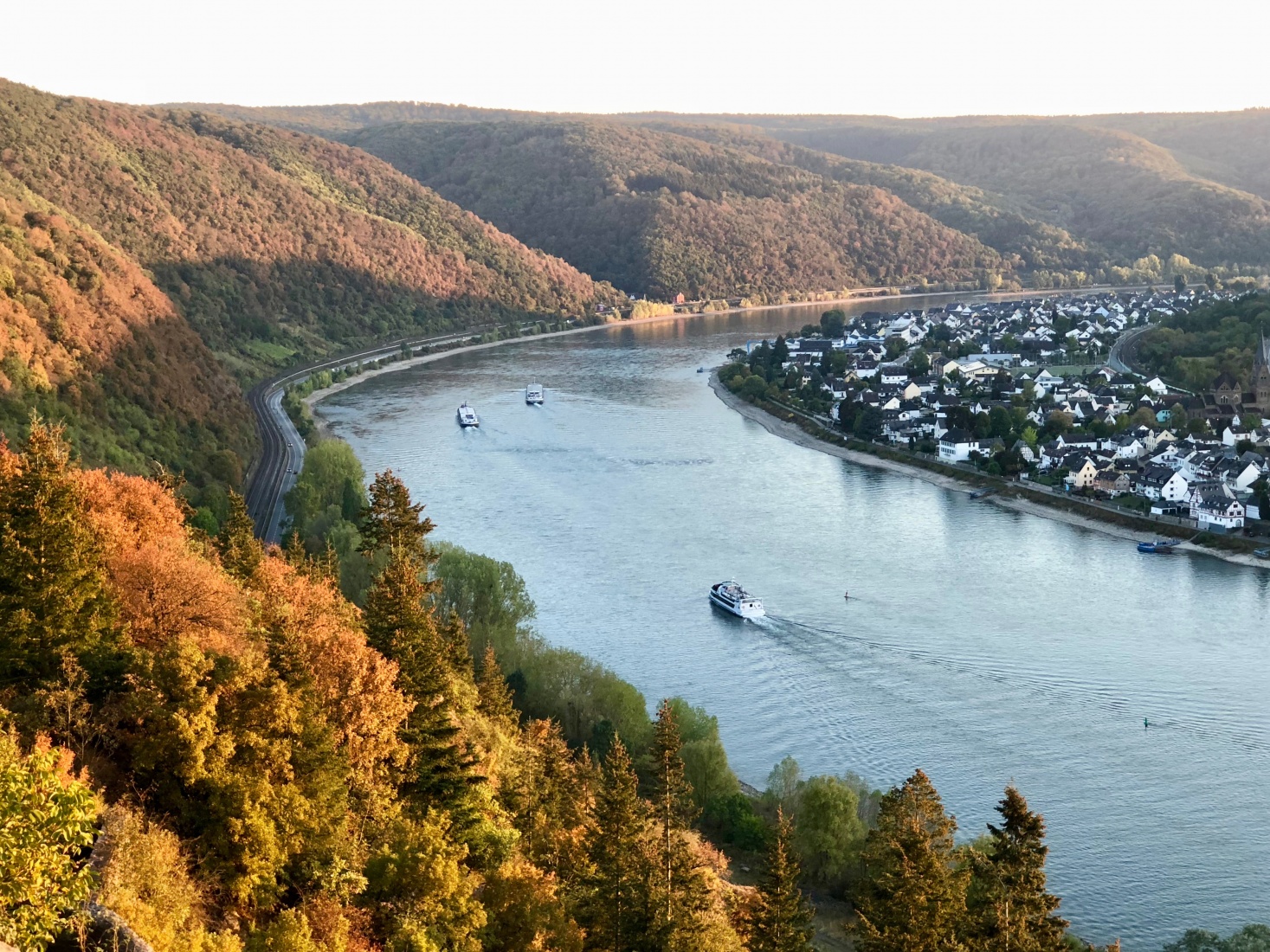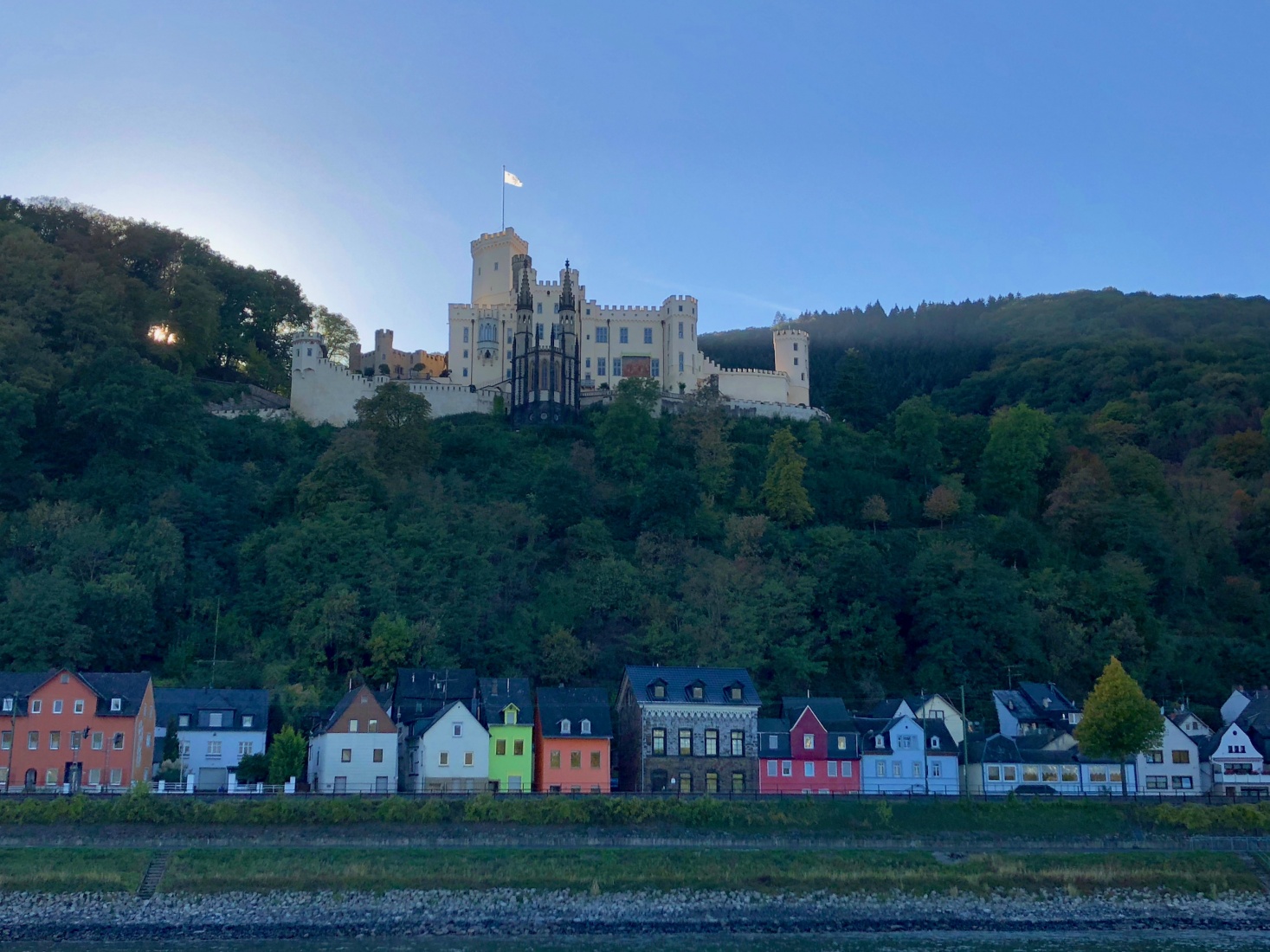In last week’s post, I hinted that things on the cruise didn’t always go according to plan, and that much is true. The original itinerary was for us to sail all the way from Budapest to Amsterdam along the Danube, Main and Rhine rivers (linked as one waterway by the Rhine-Main-Danube Canal) in the same boat, but low water levels forced us to scuttle that idea west of Vienna. Just after a long bike ride and lunch in the Wachau Valley, we abandoned the "Scenic Pearl,” swapped our boat for a couple of buses, and rode up the autobahn all the way to higher water in Regensburg (bypassing the Danube ports of Linz and Passau in the process).
Riverboats are built to fairly exacting height and width specifications to maximize cabin and deck space. That means, in practice, that cruises are highly susceptible to water levels. If the water’s too high, the boats will scrape the bridges overhead. If the water’s too low – such as for our cruise – they’ll scrape the rocks on the bottom.
Anyone living in Central Europe knows that this year has been uncommonly dry. Since April -- at least in the places I’ve travelled to -- there have only been a handful of rainy days. I'd never seen the rivers so low.
The good news is that the swap was handled as painlessly as possible. In what turned out to be a dress rehearsal for disembarkation day, we packed our bags, tagged them by cabin number, left them by the door, and took off for the day. Later that evening, when we arrived at our new ship – the "Scenic Jade” – in Regensburg, our bags were waiting for us in our new cabins. (The only thing the butlers didn’t do is re-hang our shirts). From Regensburg, we were able to finish the cruise to Amsterdam without interruption.
In my initial story, I posted some photos of the cabins, but I didn’t talk too much about what they’re really like. It was my first river cruise, and before boarding I wasn’t sure what to expect. I’d envisioned tiny cabins, barely bigger than the beds. I mean how much room could there be on a riverboat?
I was pleasantly surprised by the size of the rooms. Each cabin comes equipped with a queen-sized bed, as well as a desk and chair for working and reading. The cabins are not enormous exactly, but there’s plenty of space to walk around.
As for storage, my cabin had one medium-sized wardrobe with hangers for shirts, suits and jackets, as well as several shelves and drawers for foldables, socks and underwear. The space under the bed is open and makes for a convenient spot to stash the empty suitcases. My advice for anyone contemplating a cruise: don’t over-pack and keep your expectations within reason.
The baths are also surprisingly well proportioned. There’s a stand-up shower (with reliable hot water) and a bowl-shaped sink, with surrounding shelf space for things like soap, cream and toothpaste.
The cabins come in several classes, with the main difference being a two-seater, enclosed balcony in the pricier cabins on the upper floors. On Scenic boats, these balconies have big picture windows that open up, allowing in plenty of light and fresh air. The cheaper cabins on the river level, by contrast, have only a small strip of window toward the ceiling that lets in some light, but for obvious reasons can’t be opened. Whether or not to splurge for the balconies depends very much on your budget and the time you intend to spend in the cabin. Portside windows don’t always allow for much privacy.
When National Geographic first contacted me to be a destination expert for a European river cruise, I was excited at the prospect but didn’t quite know what the job entailed. I knew our cruise operator, Scenic, would be lining up local experts at each of the individual destinations, and of course the cruise director himself would be presenting some of his own topics for discussion. So what would a “destination expert” actually do?
Last week, I wrote about the difficulties inherent in being an expert on an area as big and diverse as the one our cruise would be traveling through. Sure, Budapest and Bratislava share a common history with Prague as part of the Communist bloc, and – along with Vienna – they all share common customs and traditions as part of the Austro-Hungarian Empire, but that would only be part of the journey. Many travelers probably don’t realize, but Germany – with its centuries of being carved up into tiny city-states and ruled over by bishops and princes – has a very different history. And Amsterdam? There’s really no place on earth quite like it.
In this respect, I think our National Geographic photography expert, Susan Seubert, had it slightly easier – though I don’t want to take anything away from her excellent presentations. What I mean is that whether you’re in Budapest, Vienna, Nuremberg or Cologne, the problems of framing a photo, finding the light, shooting a “pano,” or clearing your camera roll are largely the same.
In the end, I prepared some PowerPoint presentations built around pan-European topics of general interest like architecture, history and culture. I also gave a talk on travel writing and blogging, which probably struck some passengers as slightly odd. I wanted to give them an idea of what I did for a living and to provide some pointers if they’d ever want to write about their trip for the folks back home. Several of the passengers, it turned out, had their own blogs.
Toward the end of the cruise, I led a talk on one of my own personal interests: the challenges facing the European Union. It was an hour-long discussion of the knock-on effects in Europe of the war on terrorism, the Great Recession, the war in Syria, and the rise of illiberalism. The idea was to provide a forum for us to discuss contemporary issues like the euro, Brexit, Russia, and the refugee crisis of 2014 and 2015, which haunts the EU to this day. I was a little nervous beforehand about raising such potentially divisive issues in such a close-knit group, but I tried to play it down the middle. My intention wasn’t to argue for one point of view or another, but rather to raise and recognize contemporary problems that all Europeans are going to have to resolve for themselves going forward.
I can’t say for certain every talk was a total success, but I was heartened by the interest and there were always lively Q&A sessions afterward. After the cruise was finished, National Geographic shared with me some of the anonymous feedback from the passengers. The comments were generally positive. I laughed when I read things like “Mark clearly needs a couple more trips under his belt,” but I was truly gratified to see feedback that my discussions were considered “fair,” “informative” or “unbiased.”
In the end, it’s not the boat, the food, the presentations or the excursions that make a cruise. It always comes down to the people onboard and the personal interactions over drinks, meals and trips. You start to develop friendships into the first couple of days and by the end of the cruise, you feel like you’ve known at least some of the people onboard most of your adult life.
I’d been told in advance that the age range for river cruises tends to skew older, and I suppose that was true for our trip as well, but it’s not anything you notice. Instead, I was struck more by the diversity of the group (bearing in mind cruises tend to be relatively expensive and probably out of reach for many travelers). Our bunch appeared to draw from all kinds of backgrounds, careers and life experiences.
Part of my job was to join up and interact with the passengers as much as possible – whether over drinks and meals, on deck, or out on the town. This is something that doesn’t always come naturally to me, but I was invariably rewarded by interesting back-stories, good conversations, and lots of laughs.
Susan and I spent a good part of the time mingling with the crew as well – drawn mainly from places like Hungary, Romania, Serbia, Macedonia and Indonesia. Most of the servers, bartenders and reception staff appeared to be somewhere in their 20s or 30s, and always seemed to have smiles on their faces. From what I could see, they more than earned their paychecks.
One of my fondest memories of the trip came toward the end of the second week. It was a special “disco night” where the staff was invited to take the night off and dance together with the passengers. It turned out to be quite a party and in my mind’s eye, I can still see one of the passengers, a friendly guy from Colorado, cutting the rug with Jelena, our keyboard player from Belgrade, as if they were the best of friends.
(Find the first part of this two-part post here. If you've ever contemplated taking a Christmas markets cruise, I wrote a separate story about that here.)
(Scroll past the map below for more photos.)

